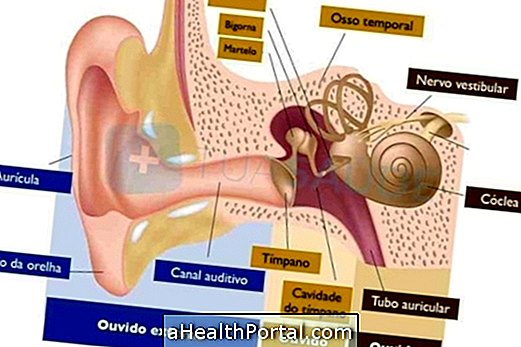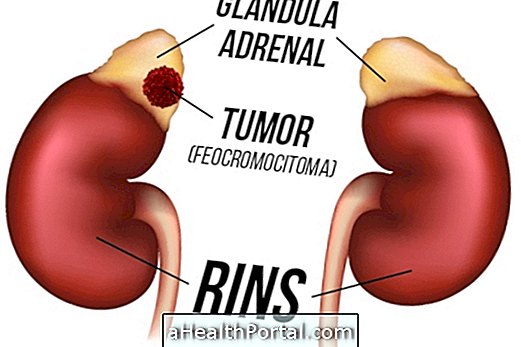Diabetic neuropathy is a major complication of diabetes characterized by progressive degeneration of the nerves, decreasing the sensitivity in various parts of the body such as the feet, and therefore, patients can develop wounds without realizing their presence, resulting in infections, for example.
Generally, diabetic neuropathy is more common in people who do not adequately treat diabetes, often with high blood sugar levels. Diabetic neuropathy has no cure, but its evolution can be controlled with the use of drugs to control blood sugar levels.

How is the treatment done?
Treatment for diabetic neuropathy should be guided by an endocrinologist and is usually done by controlling blood sugar levels through the use of insulin injections or ingestion of oral antidiabetics, such as Glipizide or Metformin, for example.
In addition, it is recommended that the patient exercise regularly and maintain a balanced diet, avoiding high sugar foods such as cookies, soft drinks or cakes. Check out how to diet for diabetes.
In more severe cases, the doctor may also prescribe the use of diabetic neuropathy remedies, such as Pregabalin, Amitriptyline, or Gabapentin, according to the patient's symptoms. Learn more about treatment for neuropathic pain.
Main symptoms
Diabetic neuropathy develops slowly and may go unnoticed until more severe symptoms develop. The symptoms vary according to the type of neuropathy, the types being:
- Peripheral neuropathy : This type of neuropathy is characterized by peripheral nerve involvement, leading to pain in the fingers or toes, for example;
- Autonomic neuropathy : In this type there is the involvement of the Autonomic Nervous System, which results in cardiac, pulmonary, intestinal and urinary alterations, since this nervous system is related to the control of the bladder;
- Proximal neuropathy or diabetic amyotrophy : In proximal neuropathy there is involvement of the thigh, leg and hip, for example, being more common in older people;
- Focal neuropathy or mononeuropathy : In this type of neuropathy there is only one nerve involvement, such as Carpal Tunnel Syndrome, for example, in which only the median nerve, which passes through the fist and enervates the hands, is affected. Learn more about Carpal Tunnel Syndrome.
Thus, the diabetic person with neuropathy may have decreased sensitivity in some parts of the body or increased sensitivity to stimuli that normally do not cause pain, such as putting on a clothing or touching someone. In addition, there may be burning sensation, burning, tingling. The pain of diabetic neuropathy can be constant and very intense depending on the nerves involved.

























